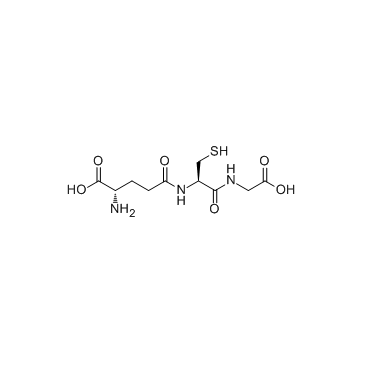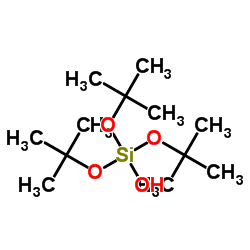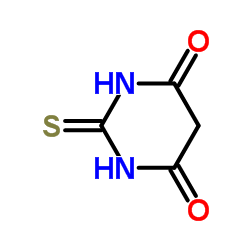| Structure | Name/CAS No. | Articles |
|---|---|---|
 |
2-Nitrobenzoic acid
CAS:552-16-9 |
|
 |
Glutathione
CAS:70-18-8 |
|
 |
Sodium cyanide
CAS:143-33-9 |
|
 |
Manganese
CAS:7439-96-5 |
|
 |
Tris(2-methyl-2-propanyl) hydrogen orthosilicate
CAS:18166-43-3 |
|
 |
4,6-Dihydroxy-2-mercaptopyrimidine
CAS:504-17-6 |